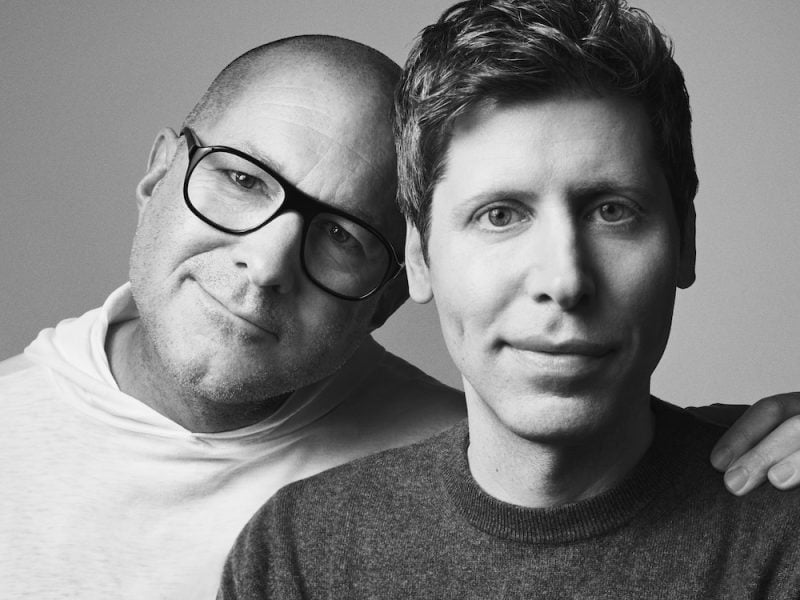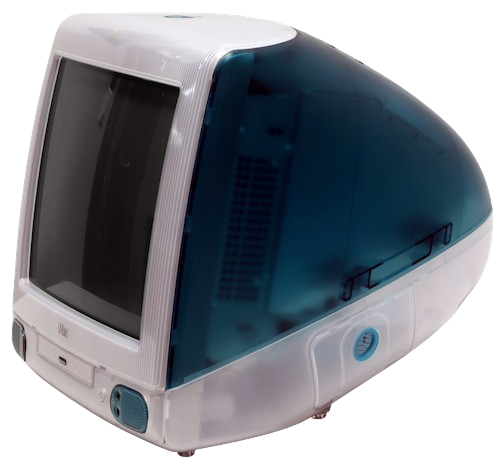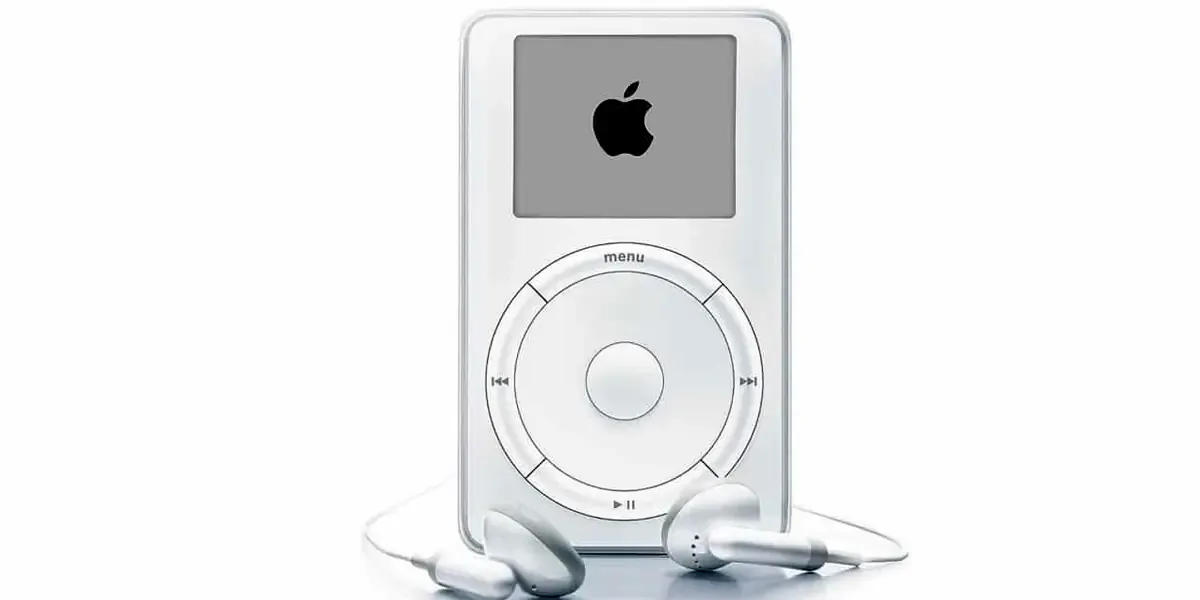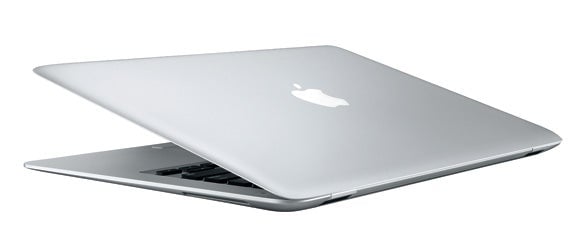OpenAI is acquiring Jony Ive’s device startup, a young company called io, in an all-stock deal valued at roughly $6.5 billion, marking OpenAI’s largest-ever acquisition.
The hardware startup io was co-founded just last year by Jony Ive, Apple’s famed former design chief known for iconic products like the iMac, iPod, iPhone and Apple Watch.
Despite being essentially untested (with no product in market yet), io attracted this hefty price tag as OpenAI seeks to pair Ive’s design genius with its AI technology. As part of the agreement, Ive’s design firm LoveFrom will assume broad design leadership across OpenAI’s hardware and software products going forward.
In practical terms, this means Ive will shape the look and feel of all OpenAI consumer offerings, although he remains an independent partner (LoveFrom will continue operating separately) rather than a traditional employee.
This acquisition didn’t come out of the blue. Altman and Ive had been talking and sharing ideas for about two years before formally merging their efforts.
“A collaboration built upon friendship, curiosity and shared values quickly grew in ambition,” the two wrote in a joint blog post, noting that what started as tentative ideas eventually “evolved into tangible designs.”
In fact, OpenAI had even taken a minority stake (around 23%) in Ive’s startup earlier, laying the groundwork for this full merger. With the deal, the io team of around 55 engineers, designers, and other specialists (many of them former Apple employees) will join OpenAI to build next-generation AI devices.

The combined group will work closely with OpenAI’s research, engineering and product teams in San Francisco, integrating cutting-edge AI models with Ive’s human-centered design approach. Altman has lauded Ive as “the greatest designer in the world” and expressed excitement to create a “new generation of AI-powered computers” together.
In short, this deal brings together one of tech’s most visionary designers and one of its leading AI labs under a shared mission.
Strategic Rationale: Owning Distribution and Platform Control
OpenAI’s leadership frames this move as crucial for controlling its product distribution and user reach – not just about acquiring design talent. In the emerging generative AI market, success will hinge on getting AI tools directly into consumers’ hands, rather than solely on having the best algorithms. OpenAI’s flagship service (ChatGPT) currently lives primarily as an app or web service on other companies’ platforms (like Apple’s iPhones or Google’s Android devices). This means gatekeepers like Apple or Google sit between OpenAI and its users, which can be costly and limiting.
By creating its own AI hardware devices, OpenAI can bypass the tech giants’ app stores and ecosystems, establishing a direct pipeline to consumers. Without that direct relationship, OpenAI risks its products being used less or incurring hefty costs to reach people indirectly.
Jony Ive’s involvement is strategic in this regard. Ive famously designed Apple’s iPhone – arguably the most successful distribution platform in modern tech.
🧠 Some of Jony Ive’s Iconic Designs
That experience is invaluable as OpenAI looks to design its own hardware. In essence, hiring the original iPhone architect to build OpenAI’s gadgets is a way to own the “platform” for AI, rather than remaining just an app on others’ platforms. As Altman and Ive themselves wrote, their ambition to “develop, engineer and manufacture a new family of products” for AI ultimately demanded a new company (io) dedicated to that task. Now under OpenAI, that vision has the full backing to create devices purpose-built for AI.
OpenAI’s broader goal here appears to be a transformation to becoming a direct consumer technology company, not just AI software provider. By controlling its own hardware, software, and distribution channel, OpenAI can tightly integrate its AI assistants into everyday life and build a user base it directly owns, very much like Apple did with the iPhone ecosystem.
This kind of integration could also yield more user data and engagement, creating a virtuous cycle (more data to improve AI models, and better AI to attract more users). In sum, the $6.5 billion bet on Ive’s startup is fundamentally about owning the next-generation AI platform and escaping the shadow of Big Tech middlemen.
Competing with Tech Giants in the AI Hardware Race
The acquisition also has a competitive dimension: it pushes OpenAI into more direct rivalry with industry giants like Apple, Google, and Meta on the hardware front. Each of these companies is racing to infuse consumer devices with AI, and OpenAI does not want to be left at the mercy of others’ platforms. By bringing Jony Ive on board, OpenAI sends a signal that it intends to compete head-on in consumer tech, not just as a software/API provider. If OpenAI develops a must-have AI gadget, it could divert consumers’ attention (and money) away from the Apple/Google device duopoly.
OpenAI’s move comes as the tech industry searches for the “next big thing” in hardware after the smartphone. All the major players are exploring new form factors that integrate AI. For instance, Meta has been investing in smart glasses and mixed-reality headsets for years, and has begun rolling out AI features in those products. Google likewise has been weaving AI into its huge device and search ecosystem. The search giant’s Android OS powers over 3 billion devices, and it is prominently baking its new Gemini AI chatbot into Android phones, Chromebooks, and even the Chrome browser used by billions. This week, Google also unveiled prototype AI-enabled smart glasses (in partnership with Samsung and others) that can translate languages in real time and overlay information onto the physical world.
OpenAI, despite its leadership in AI software, lacked a presence in this device race… until now. With Ive and io, OpenAI is declaring it will not sit on the sidelines while others control the hardware. In order to truly compete long-term, OpenAI needs its own channels to consumers. By merging with io, OpenAI is effectively arming itself with a world-class design team and the hardware R&D capacity to build those gadgets. This could level the playing field against rivals who currently dominate device distribution. However, OpenAI also faces the challenge of entering a domain (consumer electronics) where those rivals have decades of experience. The company will be going up against massive installed bases – e.g. Apple’s billion-plus active devices and Google’s ubiquitous presence in search and mobile – so execution will be critical. Still, the bold partnership with Ive signals that OpenAI is serious about staking out a presence in consumer hardware, directly against the biggest names in tech.
Technological Vision: Designing an “AI-Native” Hardware Ecosystem
At the heart of this acquisition is a shared vision to redefine how we use computers in the age of AI. Sam Altman and Jony Ive have each voiced the belief that today’s devices (smartphones, PCs, etc.) are not the end-state for interacting with artificial intelligence.
Altman gave a concrete example of how using ChatGPT is not simple enough for users with current tech: “If I wanted to ask ChatGPT something right now, I would get out my laptop. I’d open it up. I’d launch a web browser, I’d start typing… I think this technology deserves something much better.” In his view, relying on a keyboard and screen to converse with an AI is cumbersome and dated.
“I think we have the opportunity here to kind of completely re-imagine what it means to use a computer,” Altman said at the beginning of the video, hinting that the form factors and interfaces of computing could be fundamentally reinvented for AI.
Ive shares this outlook: “I am absolutely certain that we are on the brink of a new generation of technology,” he said, suggesting that AI ushers in a paradigm shift akin to the personal computing revolution of the past. Both men see the advent of AI as a chance to break from the conventions of the smartphone era and create something radically new.
What might “AI-native” hardware look like? While OpenAI and Ive have been tight-lipped about specific product plans, they have dropped some clues. Altman has spoken of developing a “family of devices” built “specifically with AI in mind.”
OpenAI’s next device isn’t a phone or wearable — but something completely screenless?
Instead of simply adding AI features to a phone or laptop, these would be devices where AI is central to the user experience from the ground up. Such hype suggests they are aiming for a breakthrough form factor, perhaps something beyond the familiar rectangles of glass and silicon we carry today. In their blog post, Altman and Ive mentioned that their early ideas “made everyone smile” and “reminded us of a time when we celebrated human achievement,” hinting at a product that evokes wonder and simplicity in the way classic Apple products did.
[Editor’s Note: This article was originally published on 01:35, May 22, 2025]





